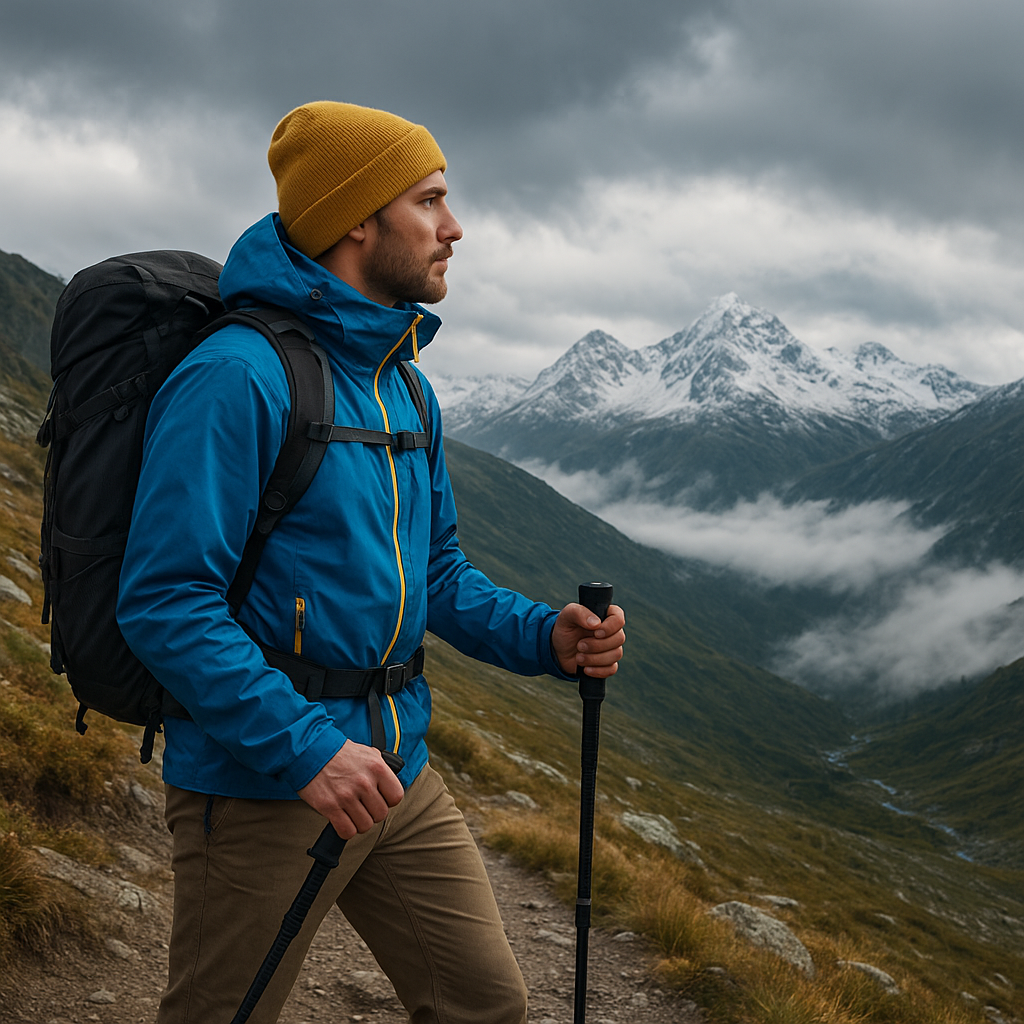
Skin dehydration at high altitudes is a phenomenon that has intrigued scientists and skincare experts alike. The unique environmental conditions found in mountainous regions can have a profound impact on the skin, leading to dryness, irritation, and other issues. Understanding the science behind these changes is crucial for developing effective skincare strategies for those who live in or visit high-altitude areas.
The Environmental Factors Contributing to Skin Dehydration
High altitudes present a unique set of environmental challenges that can significantly affect skin health. One of the primary factors is the reduced atmospheric pressure, which leads to lower humidity levels. This decrease in humidity can cause the skin to lose moisture more rapidly than it would at sea level. Additionally, the air at high altitudes is often colder and windier, both of which can exacerbate the drying effects on the skin.
Another critical factor is the increased exposure to ultraviolet (UV) radiation. At higher elevations, the thinner atmosphere provides less protection from the sun’s harmful rays. UV radiation can damage the skin’s barrier function, making it more susceptible to dehydration. Moreover, the combination of cold temperatures and strong winds can strip the skin of its natural oils, further contributing to dryness and irritation.
Low Humidity and Its Effects
Low humidity is one of the most significant contributors to skin dehydration at high altitudes. When the air lacks moisture, it creates a gradient that encourages water to evaporate from the skin’s surface. This process, known as transepidermal water loss (TEWL), can lead to a compromised skin barrier. The skin’s outermost layer, the stratum corneum, relies on a balance of water and lipids to maintain its integrity. When this balance is disrupted, the skin becomes more prone to dryness, flaking, and sensitivity.
Moreover, low humidity can affect the skin’s natural moisturizing factors (NMFs), which are essential for maintaining hydration. NMFs are composed of various compounds, including amino acids, urea, and lactic acid, that attract and retain water in the skin. In dry conditions, the production and function of NMFs can be impaired, leading to further dehydration.
Increased UV Radiation
At higher altitudes, the atmosphere is thinner, providing less filtration of UV radiation. This increased exposure can have several detrimental effects on the skin. UV radiation can penetrate the skin and generate free radicals, which are unstable molecules that can damage cellular structures, including lipids, proteins, and DNA. This oxidative stress can weaken the skin’s barrier function, making it more susceptible to moisture loss.
Furthermore, UV radiation can trigger an inflammatory response in the skin, leading to redness, swelling, and irritation. Chronic exposure to UV radiation can also accelerate the aging process, resulting in the formation of fine lines, wrinkles, and hyperpigmentation. Therefore, protecting the skin from UV radiation is crucial for maintaining hydration and overall skin health at high altitudes.
Strategies for Preventing and Treating Skin Dehydration
Given the unique challenges posed by high-altitude environments, it is essential to adopt a comprehensive skincare routine to prevent and treat skin dehydration. This routine should focus on maintaining the skin’s barrier function, replenishing lost moisture, and protecting against environmental stressors.
Hydration and Moisturization
One of the most effective ways to combat skin dehydration is to ensure adequate hydration and moisturization. Hydrating products, such as serums and essences, contain humectants like hyaluronic acid and glycerin that attract and retain water in the skin. These products can help replenish the skin’s moisture levels and improve its overall hydration.
Moisturizers, on the other hand, provide a protective barrier that prevents water loss and locks in hydration. Look for moisturizers that contain occlusive ingredients, such as petrolatum, dimethicone, and shea butter, which form a barrier on the skin’s surface to prevent moisture evaporation. Additionally, emollients like ceramides and fatty acids can help restore the skin’s lipid barrier, improving its ability to retain moisture.
Sun Protection
Protecting the skin from UV radiation is crucial for preventing dehydration and other forms of damage. Broad-spectrum sunscreens with an SPF of 30 or higher should be applied daily, even on cloudy days, as UV radiation can penetrate through clouds. Physical sunscreens containing zinc oxide or titanium dioxide are particularly effective, as they provide a physical barrier that reflects UV radiation away from the skin.
In addition to sunscreen, wearing protective clothing, such as wide-brimmed hats and long sleeves, can further reduce UV exposure. Seeking shade during peak sun hours and using sunglasses to protect the delicate skin around the eyes are also important measures to consider.
Barrier Repair
Maintaining and repairing the skin’s barrier function is essential for preventing dehydration. Products containing ingredients like niacinamide, panthenol, and allantoin can help strengthen the skin barrier and reduce inflammation. These ingredients promote the production of ceramides and other lipids that are crucial for maintaining the skin’s integrity and preventing moisture loss.
Additionally, avoiding harsh cleansers and exfoliants that can strip the skin of its natural oils is important. Opt for gentle, hydrating cleansers that effectively remove impurities without compromising the skin’s barrier. Exfoliation should be done sparingly and with mild exfoliants to avoid further irritation and dryness.
Conclusion
Understanding the science behind skin dehydration at high altitudes is essential for developing effective skincare strategies. The unique environmental factors, such as low humidity, increased UV radiation, and cold temperatures, can significantly impact the skin’s health and hydration levels. By adopting a comprehensive skincare routine that focuses on hydration, sun protection, and barrier repair, individuals can mitigate the effects of high-altitude environments and maintain healthy, hydrated skin.
Ultimately, the key to preventing and treating skin dehydration at high altitudes lies in understanding the underlying causes and implementing targeted skincare solutions. With the right approach, it is possible to enjoy the beauty of mountainous regions without compromising skin health.

